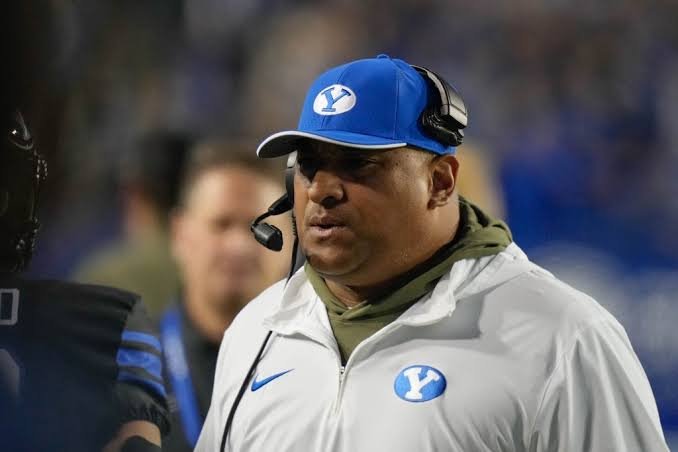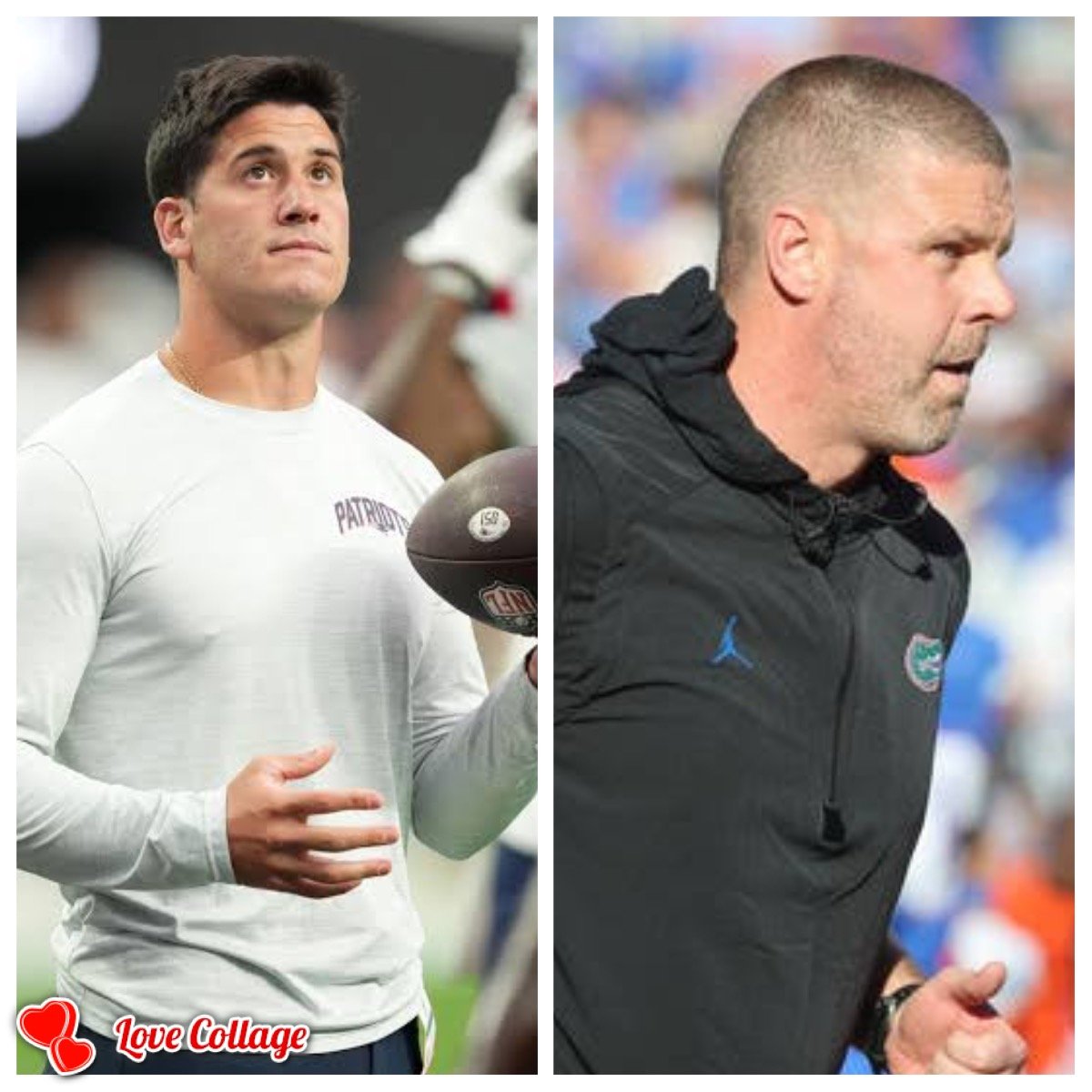inn Ewers, the Texas Longhorns’ star quarterback, recently declined an $10 million Name, Image, and Likeness (NIL) offer from an undisclosed institution to transfer for his final collegiate season. ead, he chose to enter the 2025 NFL Draft, prioritizing his professional aspirations and collegiate legacy.
Ewers’ decision underscores the evolving dynamics of college athletics, where NIL deals significantly influence player choices. Despite the substantial financial inve, Ewers remained committed to concluding his college career with the Longhorns, reflecting his dedication to the program and its supporters.
Throughout his tenure at Texas,rs amassed approximately $6 million in NIL earnings, supplemented by an additional $1.4 million from a 2021 signing with GT Sports Marketing. The $10 million offer he declesurpasses his cumulative NIL income, highlighting the lucrative opportunities available to top-tier college athletes.
Ewers’ decision to forgo the NIL offer and enter the NFL Draft exemplifies the complexcions athletes face
in balancing immediate financial gains with long-term career objectives. His choice to remain with Texas until the end of his collegiate eligibility reflects a commitment to his team and the univeity, even when faced with substantial financial incentives to transfer.
As the landscape of college sports continues to evolve with NIL opportunities, Ewers’ decision serves as a notable example of an athlete navigating these changes while staying true to personal and professional goals.



